Authors evaluate Eugenol in trials
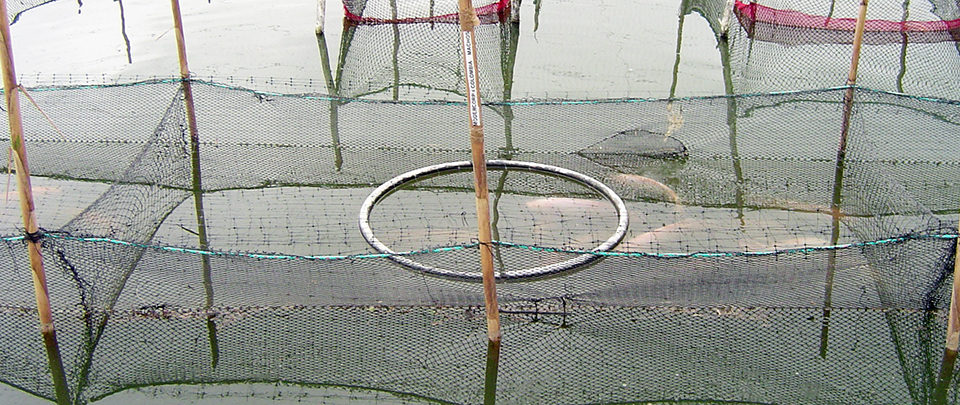
Several chemicals have been used to anesthetize fish, but conventional anesthetics such as tricaine methane sulphonate, 2 methilquinoline and 2-phenoxyethanol are toxic to some species and can be expensive. Studies have proposed the use of anesthetics from natural sources as alternatives to conventional chemicals.
Sold as Eugenol, 4-alyl-2-metoxy-fenol has been proposed as an anesthetic/sedative by several authors. The authors recently evaluated its efficacy as an alternative anesthetic for red tilapia fingerlings and breeders.
Tilapia study
Five sex-reversed fingerlings with an average weight of 12.5 grams and three breeders with average weight of 1.07 kg were maintained in 10- and 40-L tanks, respectively. During the experiment, dissolved-oxygen concentration was 3.7 mg/L, pH was 6.5 and water temperature averaged 25.7 degrees-C.
To determine anesthetic efficacy and optimal dosage, the fingerlings and breeders were exposed to concentrations of 5, 30, 45 and 60 µL/L and 30, 50, 70 and 90 µL/L Eugenol, respectively. Each dose was evaluated in triplicate.
The fish were maintained in a container of anesthetic until they showed a loss of reflex reactivity. Sedated tilapia were placed in pond cages to establish recovery time and percentage of survival after 72 hours.
Results
Based on the study work, suitable dosing will depend on how long the desired activity takes to be performed with the anesthetized animals. If short induction and recovery times are required at least cost, suitable concentrations for tilapia fingerlings and breeders would be 30 µL/L (Table 1) and 50 µL/L (Table 2), respectively. These doses were used many times at commercial scale with good results.
The tilapia breeders required longer induction and recovery times than the juveniles due to their higher body weight. After 72 hours, there were no dead juveniles or breeders in any treatment evaluated. When released from the pond cages, the tested tilapia exhibited normal activity.
The tilapia responses to Eugenol in all cases were the same. At the beginning of exposure, there was an acceleration of opercular movement, followed by a state of calm, decreased opercular rate, loss of equilibrium, little movement of caudal fin and, finally, total loss of reactivity.
During recovery, the first activity noted was an increased opercular rate, followed by a movement of caudal and ventral fins. The fish were finally able to swim and react normally.
(Editor’s Note: This article was originally published in the March/April 2010 print edition of the Global Aquaculture Advocate.)
Authors
-
César Molina, M.S.
Industrial Procesadora Santay S.A
Km 4.5 vía Duran-Tambo, Ecuador
Tambo, Ecuador -
Luis Vásconez
Procesadora Nacional de Alimentos C.A.
Centro Comercial El Terminal
Guayaquil, Ecuador
Related Posts
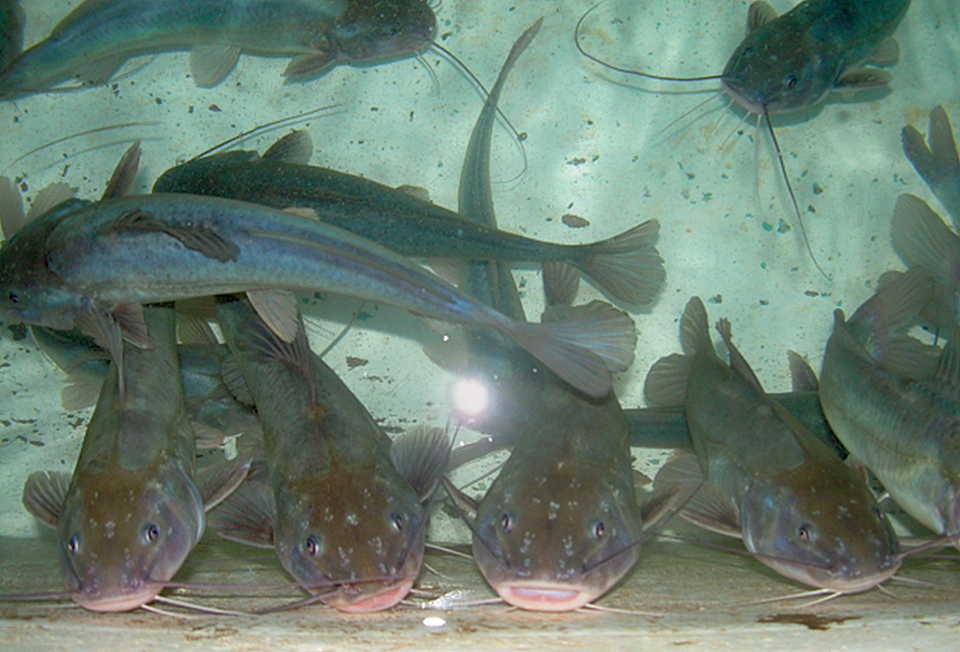
Health & Welfare
Clove oil, eugenol effective anesthetics for silver catfish
Clove oil and eugenol have been recommended and used as anesthetics for several fish species. Moreover, these products have received the attention of researchers because of their chemo-preventive effects, as well as their anti-inflammatory and antioxidant properties.
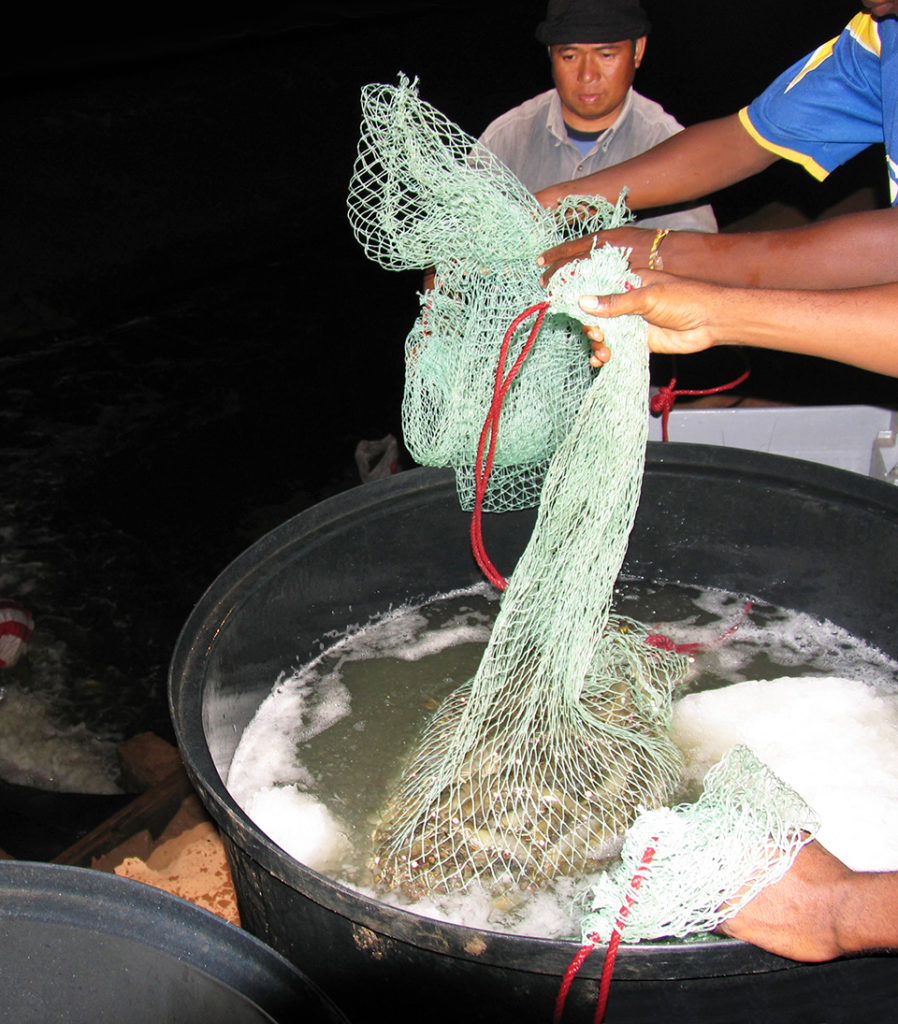
Health & Welfare
Killing methods, post-slaughter quality, part 1
The methods used to kill fish depend on many factors, including fish size and species, aquaculture production system, fish quantity, market preferences and effects on product quality. Also, some methods may not be approved in some countries, as with the use of anesthetics and regulations concerning the ethical treatment of animals.
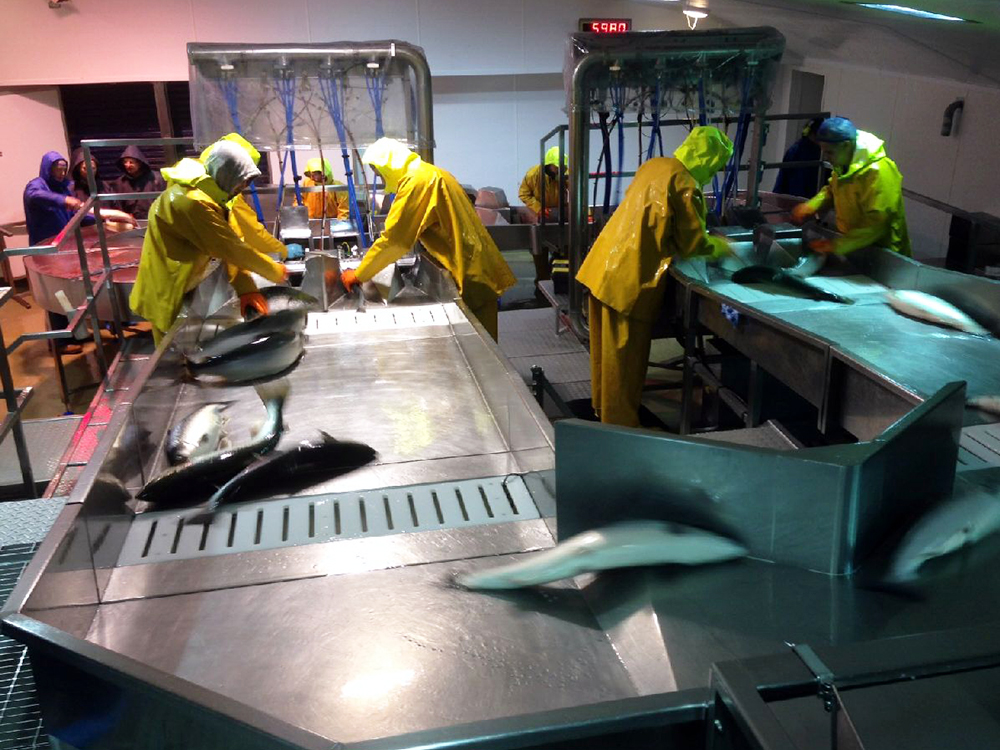
Health & Welfare
Fish producers benefit from humane slaughter techniques
EU legislation requires farmed fish be spared unnecessary pain, distress or suffering at slaughter, and efficient manual and automated systems have been developed to help achieve this goal. What’s more, longer shelf life and improved flesh quality have been reported.
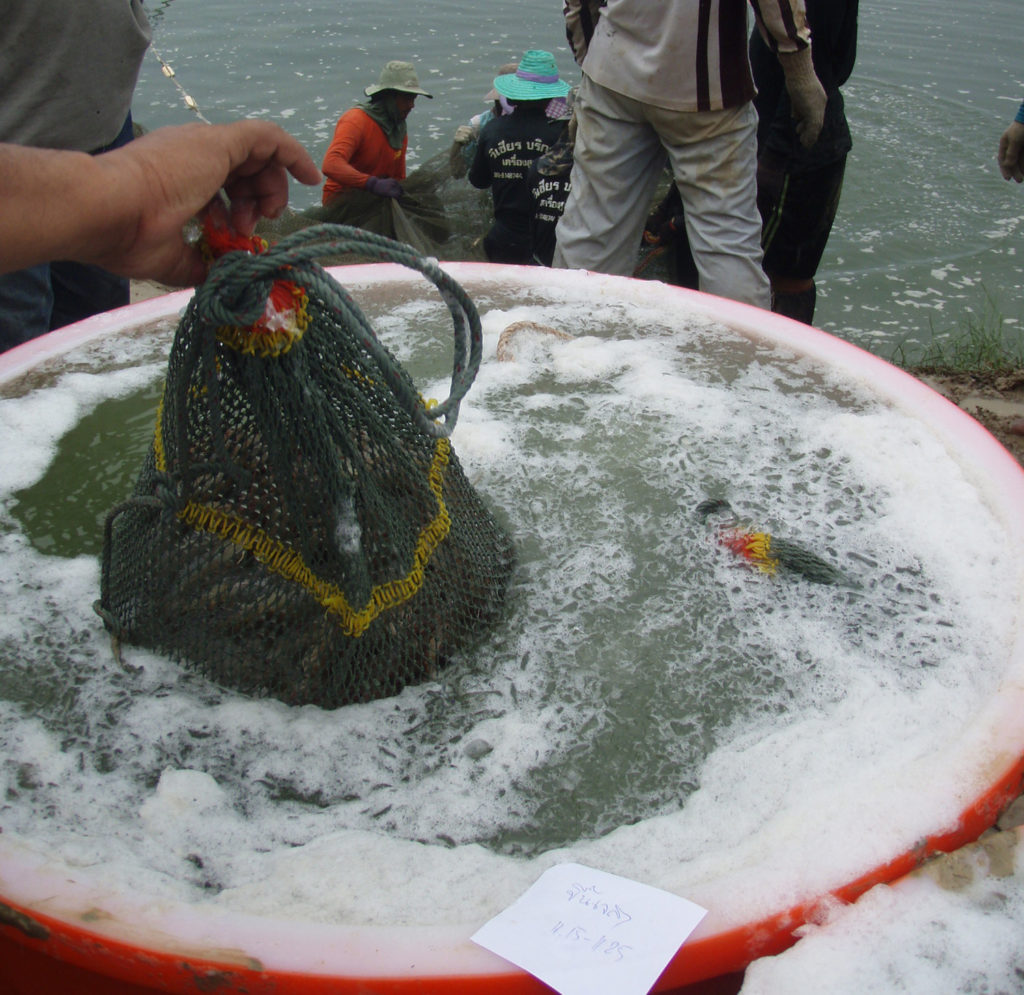
Health & Welfare
Evaluating stunning methods in tropical shrimp aquaculture
Study evaluated effects of stunning methods (thermal shock and electric shock) on the welfare of three crustacean species, including Pacific white shrimp.


